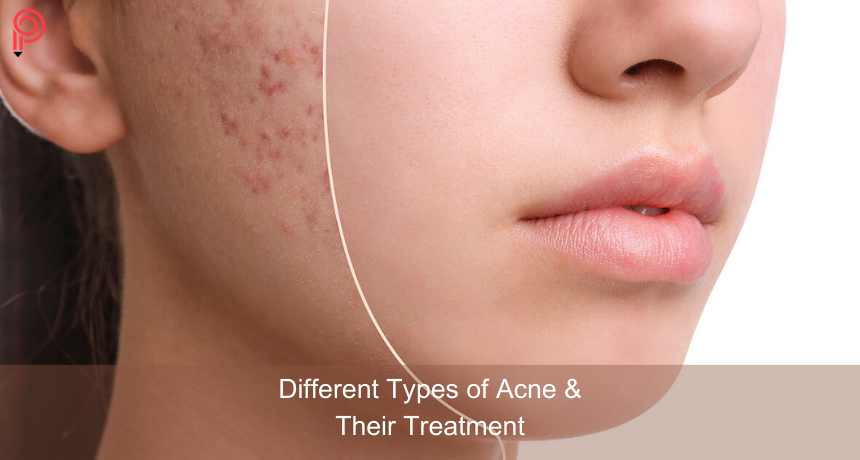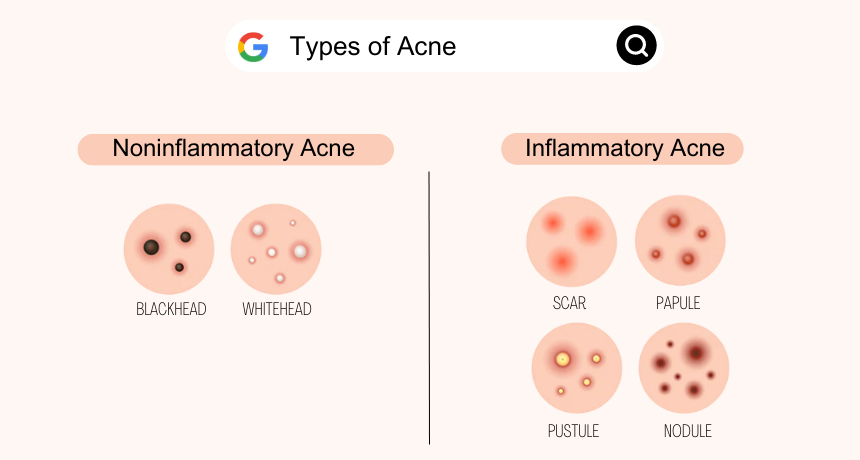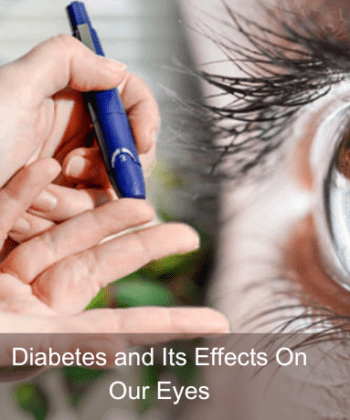
- May 18, 2023
- 0 Comments
- Health
Acne is a common skin concern among teenagers and adults alike. This pesky disease occurs when skin pores get blocked by dead skin cells, bacteria, hair, sebum (an oily substance that keeps our skin hydrated), and dirt. The pore gets filled and inflamed, causing a red bump on the skin. Often, this bump goes away in a few days without any treatment, leaving red acne scars behind.
However, sometimes treatment is needed according to the type and severity of acne. There are so many types of acne, and each one has slightly different treatments. In this article, we will list different types of acne and let you know what you can do to treat them. Acne is divided into two categories, such as:
Type of Acne

Noninflammatory Acne
Noninflammatory acne is small dots on your face, filled with sebum and bacteria. Such acne does not cause swelling and can be easily treated with over-the-counter (OTC) treatment.
Blackheads
Blackheads occur when a pore gets blocked by a combination of sebum and dead skin cells. They usually form on the face but can also occur in other body parts like the back, chest, arms, neck, and shoulders. These types of acne have open tops, which give them a characteristic black colour. And therefore called blackheads.
Whiteheads
Whitehead also forms when skin pores get clogged by sebum and dead skin cells. But unlike blackheads, whiteheads have closed up top. Whiteheads have more liquid pus, whereas blackheads have a hard, translucent substance. This type of acne triggers for a variety of reasons, from hormonal changes to excessive oil production to increased infection of propionibacterium bacteria.
Inflammatory Acne
Inflammatory acne is red swollen bumps, often referred to as pimples. Inflammatory acne can be caused by various triggers, such as sebum, dead skin cells, and bacteria.
Papules
A papule is a swollen skin area with less than 1 centimetre around it. They occur when the walls of your skin pore break due to severe inflammation. This results in a tender bump. It can have distinct or indistinct borders and can appear in a variety of sizes, shapes, and colours. Papules are often called lesions as it changes the skin colour to red. Sometimes, papules occur in clusters and form a rash. In most cases, papules are not severe. They can be easily treated at home, depending on the cause of it.
Pustules
When the walls of your skin pores break down, it can result in the formation of pustules, which are different from papules in that they contain pus. Pustule bumps are usually red with white or yellow heads on top. They can form on any part of the body but often form on the face, chest, shoulders, neck, and back. Pustules normally occur due to hormonal changes or hormonal imbalances in the body. However, they may also form when skin becomes inflamed due to allergic reactions from food, environmental allergens, or poisonous insect bites.
Nodules
Nodules are one of the severe types of acne, which occurs when swollen, clogged pores experience further irritation and grow larger. But unlike papules and pustules, nodules grow from deeper underneath the skin. The bump might be skin toned, but it can turn red when inflammation grows further. Nodules do not have heads like other pimples, but they can be painful to touch. This type of acne can persist for weeks or months and doesn’t break out when squeezed.
Cysts
Cysts are another severe type of acne which forms when bacteria, sebum, and dead skin cells clog the pore. The blockage occurs deeper within the skin, even further below than nodules. Cysts have large red or white bumps that are painful to touch. It is the largest form of acne formed due to severe infection. Also, cysts are more likely to create acne scars and pigmentation on your skin surface, And this scar can last for weeks, months, or even years.
What are the different treatments?
All of the acne listed above have some common triggers. And addressing them may help eliminate or control the disease. As we have said, blackheads are easier to treat with OTC treatments. Whiteheads are slightly more difficult to treat than blackheads, as they have closed pores. Still, they also can be treated with OTC medications. Following the right skincare routine incorporated with various acne skin care products can be an effective remedy for both of this common acne.
Though papules are common acne and can be treated at home, sometimes you must consult a dermatologist if you have a severe condition. One of the effective treatments you can use without any prescription is retinoid and antibiotic drugs. Like papules, small pustules may also go away without or with minimal home treatment. You can use acne skin care products with salicylic acid or use retinoids.
Nodules, cysts, and acne conglobata are severe types of acne and often can’t be treated at home. You might have to consult a dermatologist who will prescribe topical or oral treatments. The initial step in addressing acne mechanica involves eliminating the root cause that triggered the outbreak of acne. This means reducing the use of friction or pressuring sports gear. Then, topical and oral medication is prescribed according to the severity of the disease.
Conclusion
Acne can be an irritating disease. Though it is a common problem, if it occurs regularly or makes you frustrated, you may want to identify and treat it. Here, we have tried to explain different types of acne and their treatments so that you can better understand your problem and aid the right solution.


